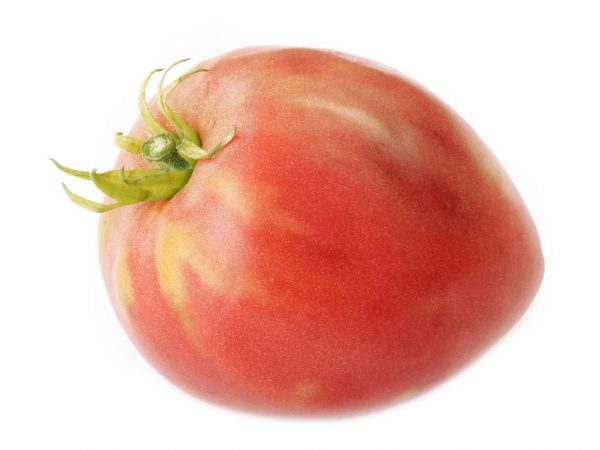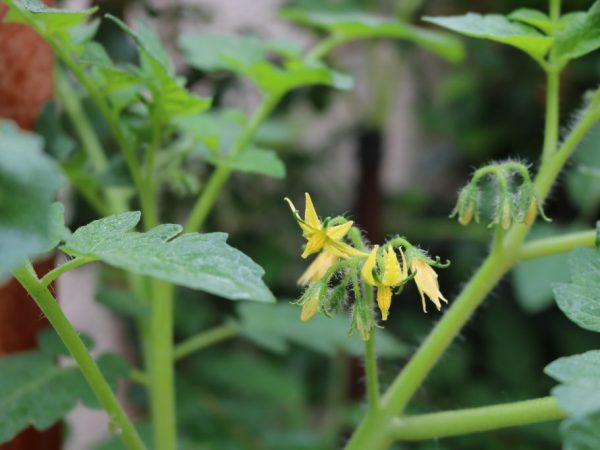Description of tomato Nastenka
As soon as the spring season comes, many people worry that they do not know which varieties of tomatoes they need to plant this year, because they want to get not only the early fruits of tomatoes, but also to feel their rich and pleasant taste. It is for these purposes that it is recommended to use Nastenka tomato. This hybrid is characterized not only by a pleasant taste and aroma, but also has excellent yield indicators. This is what attracts the public's eyes.

Description of tomato Nastenka
Variety characteristic
Tomato variety Nastenka, category f1, belongs to those crops that were bred by the best breeders of Russia. The year of creation of this variety is considered 2008, and at the beginning of 2013 these tomatoes were honored to be included in the State Register of the Russian Federation.
The hybrid is suitable for growing in all areas of the country. Due to the fact that these tomatoes can withstand temperature extremes, they can show good yields even in Siberia or in the eastern regions.
Description of the plant
Tomatoes of this type are usually classified as early ripe. They ripen in 90 days from the moment the first shoots emerge. The description indicates the presence of a determinant type of development of the bush, therefore, the height cannot be higher than 70 cm. But, thanks to the standard type, some lateral stepchildren may not stop their growth.
The foliage is of a moderate type and has some roughness on its surface. The presence of tuberosity on the surface of the deciduous cover is also noted. The stem, like the root system, is quite developed.
Description of the fetus
If we consider the already ripe tomatoes, then a beautiful red color is observed. The shape of the tomatoes is round, with a slight sharpening at the tip. Their size is small, and their weight is about 250 g.
The inside of a tomato contains several chambers where seeds are located in moderation. The characteristic shows that the amount of dry matter is about 7%. Sugar is abundant, which attracts the attention of children. The taste is full-bodied, with sweet notes.
Category f1 tomatoes are versatile vegetables. That is, they can be popular not only for making salads or preserving. They show amazing taste when cooked in tomato paste or eaten fresh. They are sometimes used to prepare baby food.
Benefits
When considering the characteristics of the variety, the following number of positive qualities of the variety should be noted:
- early ripening of tomatoes;
- excellent yield indicators: it is possible to collect about 6 kg of excellent vegetables from 1 bush;
- not a particularly demanding view for watering or soil;
- universal tomato sizes;
- also the description suggests that this species behaves steadily in relation to diseases.
Features of the variety

The variety needs fertilizing with minerals
- Proper planting is important, otherwise the yield will be significantly lower.
- It is necessary to properly feed with minerals.
Growing rules
Planting can be done using seeds or using seedlings. The first method is that the seeds should be planted in the beginning of May. It is advisable to immediately cover the beds with plastic wrap after planting so that the cool evening air does not disturb the root system. As soon as the seeds begin to sprout, the film can be removed. Planting means that the distance between the rows is about 50 cm, and between the holes 60 cm.The planting depth should not exceed 3 cm.
The seedling method is somewhat more complicated. First of all, you should plant seeds in a warm place and get seedlings. After the formation of several leaves, you can plant it in open ground. The distance between the rows should be 60 cm, and between the holes 40 cm.
Care
Care procedures include watering, loosening and feeding. Watering should be done with warm water and in moderation. It should be installed only at the moment when the soil has begun to slowly drain. The ideal watering interval is 3-4 days. Loosening of the soil is carried out so that the root system receives the required amount of nutrients and air. They are essential for proper root formation.
What a demanding variety is for feeding. It is best to use minerals that have a beneficial effect on plant growth and fruit taste. It is for this reason that it is advisable to use phosphorus and potassium substances. It is better to add them every 10 days and only after installing irrigation. This will allow the substances to be absorbed better into the soil.
Parasites and diseases
Despite the fact that she has a good immune system, Nastenka can be exposed to parasites such as greenhouse whitefly and ticks. In order to get rid of mites, you should use a solution of laundry soap. Each bush is treated with this solution until the insects disappear.
In the fight against whitefly, it is advisable to use a drug called Confidor. Spraying should be carried out with a solution of this preparation, taking into account 10 ml per 5 liters of water. If slugs suddenly began to appear, then it is best to use a solution of hot pepper. You can also use wood ash mixed with red pepper in the fight against slugs.
If suddenly you notice that the fruits have begun to lose their appearance and crack, then you should normalize watering and more often loosen the soil.
Conclusion
In order to get excellent yields and enjoy early tomatoes, it is important to follow all planting and care rules. If you manage to carry out all the procedures according to all the rules, then you will be pleasantly surprised by the quality of ripe fruits and their quantity.


